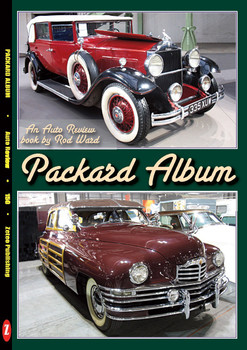Description
Revised second edition
In this story, stretching over 160 years, Vauxhall progressed from a maker of steamboat engines to a builder of sporting cars.
Then, under General Motors ownership, Vauxhall offered popular family cars. Automotive historians often comment that, especially from the 1940s to 1960s, there was a snobbish attitude to Vauxhall cars, which were regarded by the Rover-buying classes as ‘vulgar’. The wider public had no such prejudices, however. They loved the American-inspired styling and jolly colours of the latest Wyvern, Velox, Cresta or Victor.
The other negative story (fostered by dealers who sold competing car marques) was that Vauxhalls were rust-prone. This was true of the F-type Victor, but long after the problem had been solved, the reputation remained in the minds of many buyers. From the 1970s onwards, Vauxhalls were mostly clones of German-designed Opels. GM gave to Opel the lead role in their international expansion, and many interesting and world-leading car designs were produced from the 1970s to the 1990s. The GM strategy to build ‘world cars’ eventually meant, however, that the home market positions of Opel and Vauxhall were weakened. GM tried to sell the brands on a number of occasions, notably to Magna and to Fiat, but without success. Having allowed the leading British truck brand, Bedford, to die of neglect, GM seemed likely to oversee the disappearance of the Vauxhall name.
Then in 2017 another motor manufacturer, PSA Group, acquired Opel-Vauxhall, and in 2021 Stellantis was formed from the merger of PSA with Fiat Chrysler. Stellantis committed to making electric vehicles in the UK Vauxhall plants, but that was thrown into doubt in 2023 when post-Brexit EU tariffs became problematical.
Additional Information
Condition Sync Code: |
1000 |
Book Title: |
Vauxhall Album |
Language: |
English |
Format: |
Paperback |
Publication Year: |
2023 |
Pages: |
32 |
Author: |
Rod Ward |
Sync Category Code: |
261186 |









